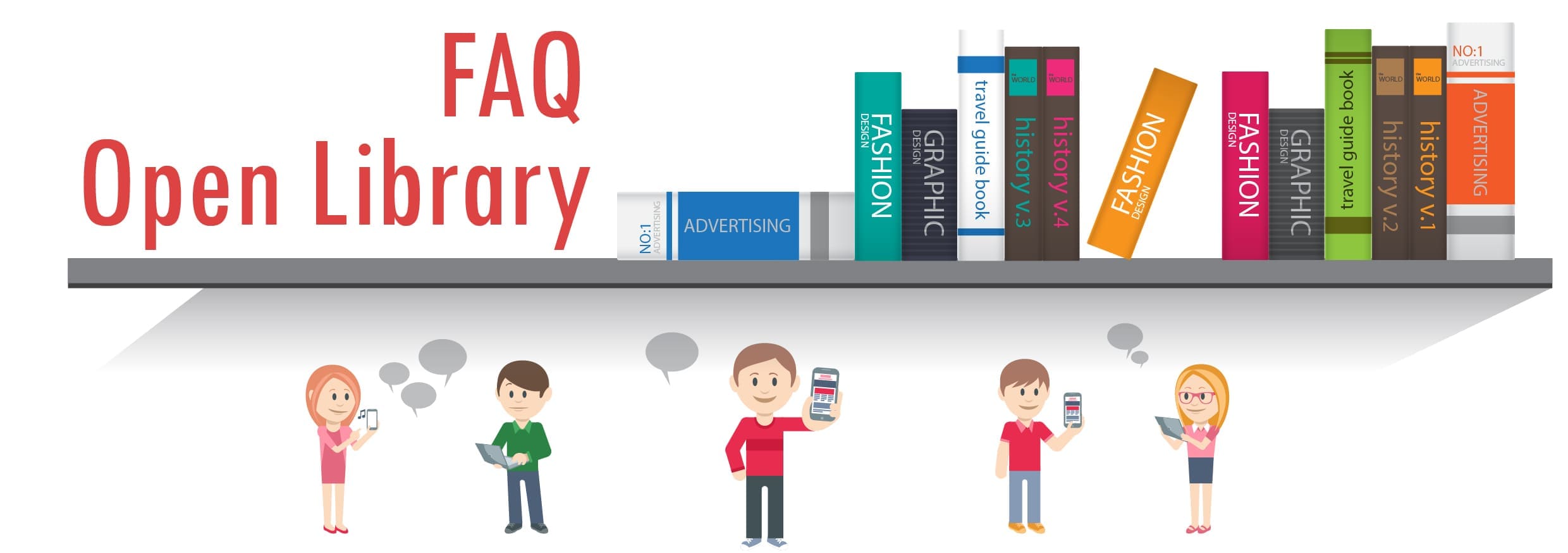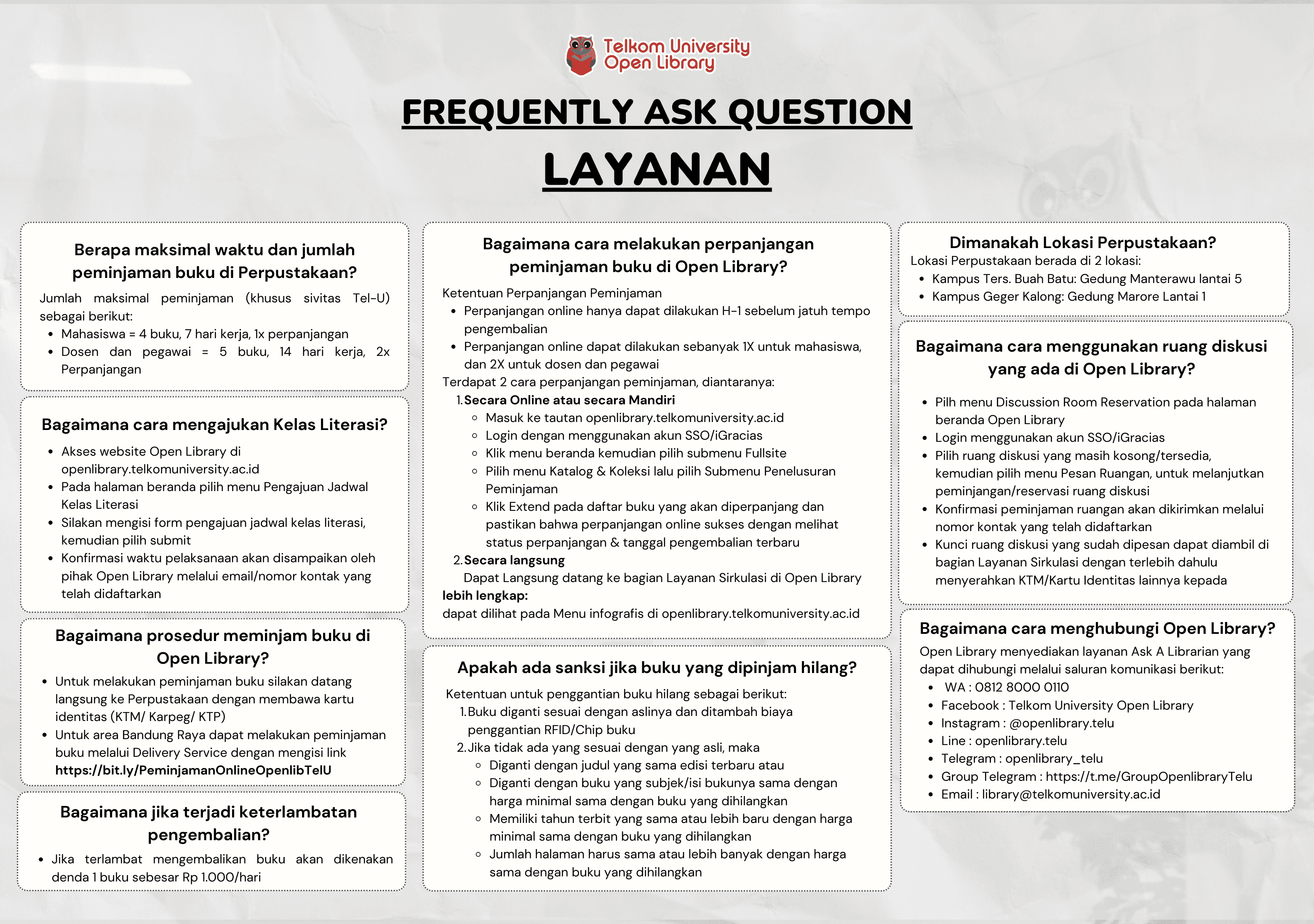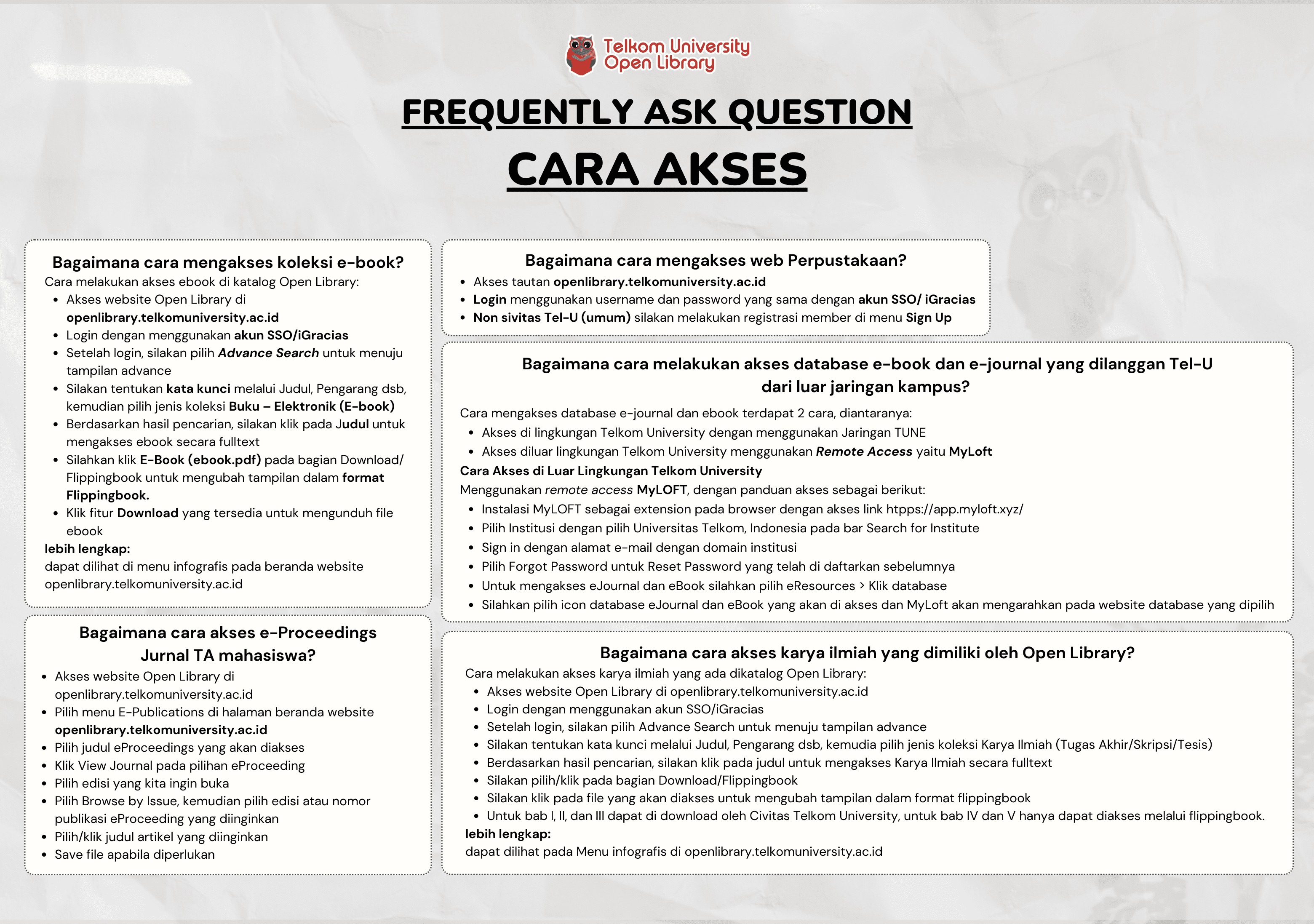POWER ALLOCATION USING DEEP NEURAL NETWORK IN D2D MULTI-CELL UNDELAYING COMMUNICATION
REZHA AULIA RIYANDA

Informasi Umum
Kode
22.05.072
Klasifikasi
006.32 - Neural networks, perceptrons, connectionism, neural computers
Jenis
Karya Ilmiah - Thesis (S2) - Reference
Subjek
Neural Networks
Dilihat
216 kali
Informasi Lainnya
Abstraksi
<p>D2D communication system is part of Massive Machine Type Communications (mMTC) in 5G. This communication can reduce the workload of the base station, increase network capacity and increase spectrum efficiency. However, in D2D underlaying communication system, D2D pairs use resources simultaneously with Cellular User Equipment (CUE) causing interference to occur. To overcome this problem, resource and power allocation needs to be done. Power allocation is done to maximize energy efficiency. This thesis provides resource and power allocation in D2D multi-cell underlaying communication using DNN techniques to overcome non-convex problems in maximizing energy efficiency. DNN can be considered as a universal approach that can determine the best scheme in the system because it can adapt to different environments. The purpose of this work is to provide the effect of resource and power allocation using DNN on performance of the system so that the proposed method can approach the performance of Convex Approximation (CA) based algorithm. In this thesis, impact the increment in the number of CUE and D2D pairs to performance system, time complexity of each algorithm, and impact the increment in the number of datasets to Mean Square Error (MSE) will be seen. The simulation result that the increment in the number of CUE increase sum-rate, power consumption and energy efficiency performance while the increment in the number of D2D pair increase sum-rate and power consumption but decrease energy efficiency performance. Power allocation using DNN is successfull to maximizing the energy efficiency of the system. Where energy efficiency using DNN afford 90.348 bits/Joule/Hz in the first scenario and afford 50.143 bits/Joule/Hz in the second scenario. Besides that, DNN can approach the performance of CA with accuracy above 98% in both scenarios. Time complexity of CA-based algorithm is O(K4M2 I) and time complexity of DNN is O(KMI) which means DNN has lower complexity than CA-based algorithm. DNN can be implemented because DNN can approach the performance of CA algorithm with low complexity and computational time, so that can be implemented in real condition.</p>
- TTI7F3 - KOMUNIKASI BERGERAK 5G AND BEYOND
- TT5132 - KOMUNIKASI PITA LEBAR NIRKABEL
- TEI6A3 - SISTEM CERDAS
Koleksi & Sirkulasi
Seluruh 1 koleksi sedang dipinjam
Anda harus log in untuk mengakses flippingbook
Pengarang
| Nama | REZHA AULIA RIYANDA |
| Jenis | Perorangan |
| Penyunting | Arfianto Fahmi, Nachwan Mufti A |
| Penerjemah |
Penerbit
| Nama | Universitas Telkom, S2 Teknik Elektro |
| Kota | Bandung |
| Tahun | 2022 |
Sirkulasi
| Harga sewa | IDR 0,00 |
| Denda harian | IDR 0,00 |
| Jenis | Non-Sirkulasi |



















